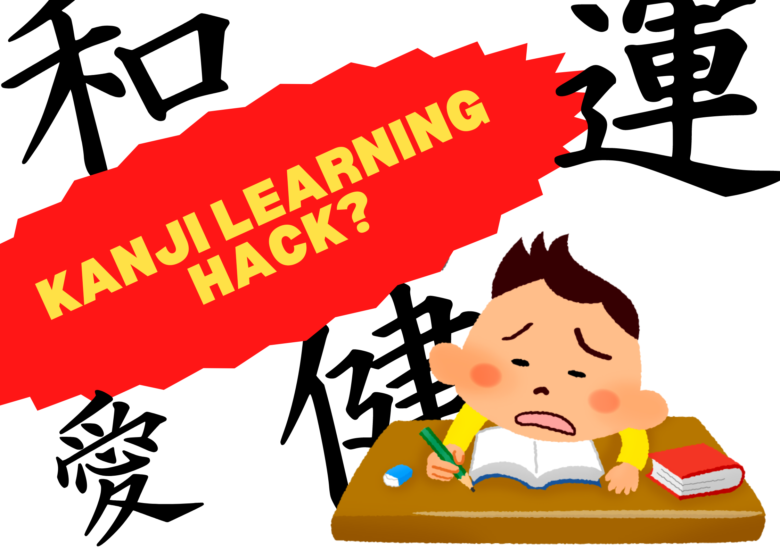みなさん、こんにちは!Japan has no shortage for unique customs and traditions. As お正月 (oshōgatsu / New Year) is one of the most important traditional celebrations in Japan, there are many things people do in this month.
In this article, I will show New Year traditions in Japan. Some are fading away and some are coming back. I encourage you to see how many of these traditions you have experienced!
書き初め (Kakizome / First writing of the year)
書き初め refers to when one writes Japanese calligraphy for the first time in the year. Traditionally, both adults and children do 書き初め on 2nd January, and choose words that they think would symbolise their wishes or resolutions for the coming year.
Things you wrote for 書き初め would be burned at a Tondo festival, and it’s said that the higher the flame goes the better your calligraphy skills will be.

どんど焼き (Dondo yakki)
The Dondo yaki festival is celebrated in the middle of January, and different regions call this by different names.
They build a tall tower with bamboo, and people bring in their used New Year’s decorations and light on fire. Gods and spirits that were welcomed by the New Year’s decorations will be then sent off with the fire.

だるま (Daruma)
Daruma is a Japanese doll modeled after Bodhidharma, the founder of Zen Buddhism. It is said that he meditated as long as 9 years that he lost the use of his arms and legs. A Daruma doll symbolises one’s determination. A Daruma doll has 2 blank eyes. People get a Daruma doll when they want to achieve something and colour one eye in. When they achieve the goal, they colour in the other eye to celebrate their success.

年賀状 (Nengajō / New Year’s Cards)
年賀状 refers to postcards with New Year’s greeting cards. People normally write standard phrases such as 新年あけましておめでとうございます and 今年もよろしくお願いします. 年賀状 are often decorated with an animal from 干支 (Chinese zodiac). For example, 年賀状 sent in 2023 often have a rabbit on them.
Because of modern technologies such as instant messaging, fewer and fewer 年賀状 are sent recent years. But still more than 1.6 billion 年賀状 were sent and received in 2022.

羽根突き (Hanetsuki)
羽根突き is like out-door badminton: two players hit a feather ball back and forth with a decorated wooden paddle called 羽子板 (hagoita). A feather ball you use for 羽根突き are the seeds of a large tree called soapberry. 羽根突き symbolises hitting away bad luck as well as wishing healthy growth of children. If one lets it drop to the ground, they will be punished by getting a black ink on their face by the other player.

独楽 (Koma / Spinning tops)
独楽, or spinning tops is another New Year game. Children spin their tops and try to knock other tops. There are even national spinning tops competitions for high school students as well as companies.

凧揚げ (Takoage / Kite-flying)
Japanese kites are characterized by a thin bamboo frame covered with Japanese traditional washi paper. In Japan, kites are flown in during the new year time. Its popularity experienced its peak in the 70s and electricity companies had to add a warning in TV commercials telling children to fly kites in an open space where there’s no electric lines.

福笑い (Fukuwarai)
福笑い is a game were a player is blindfolded and places cutouts of facial features (mouth, nose, eyes, eyebrows) onto a blank face. You win if you produce the most accurate (or comical) result.




Comments